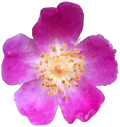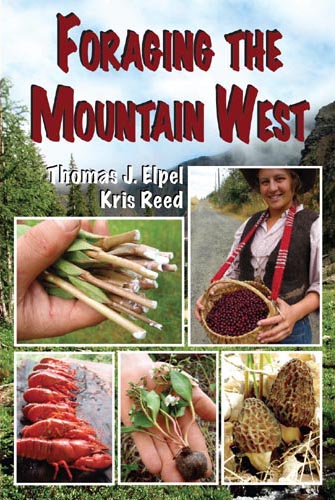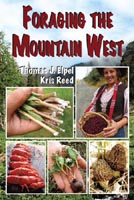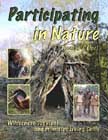| Thomas J. Elpel's Web World Portal  Wildflowers & Weeds 
|  Wildflowers-and-Weeds.com Plant Identification, Edible Plants, Weed Ecology, Mushrooms, and more. Home | Plant Identification | Plant Families Gallery | Edible Plants | Mushrooms | Links Desertification & Weed Ecology | Weed Profiles | E-Mail | Search this Site |
|
Anacardiaceae If you have ever had a rash from poison ivy or poison oak, then you have been introduced to the Cashew family. Poison oak, poison ivy, and poison sumac were formerly included in the Rhus genus, but are now separated into their own Toxicodendron genus. These two genera are the only members of the family found across the frost belt of North America. Most other members of the family live in the tropics, with a few representatives cultivated across the southern states, including the Peruvian pepper tree (Schinus), mango (Mangifera) and pistachio (Pistacia). The introduced hog plum or mombin (Spondias) grows on disturbed sites in southern Florida. The native poison tree (Metopium) is also in southern Florida, while the smoke tree (Cotinus) grows as far north as Tennessee. Key Words (for northern species): Please e-mail Thomas J. Elpel to report mistakes or to inquire about purchasing high resolution photos of these plants.
There are more
Return to the Plant Families Index |
|
Looking for life-changing resources? Check out these books by Thomas J. Elpel:
|
|
|























